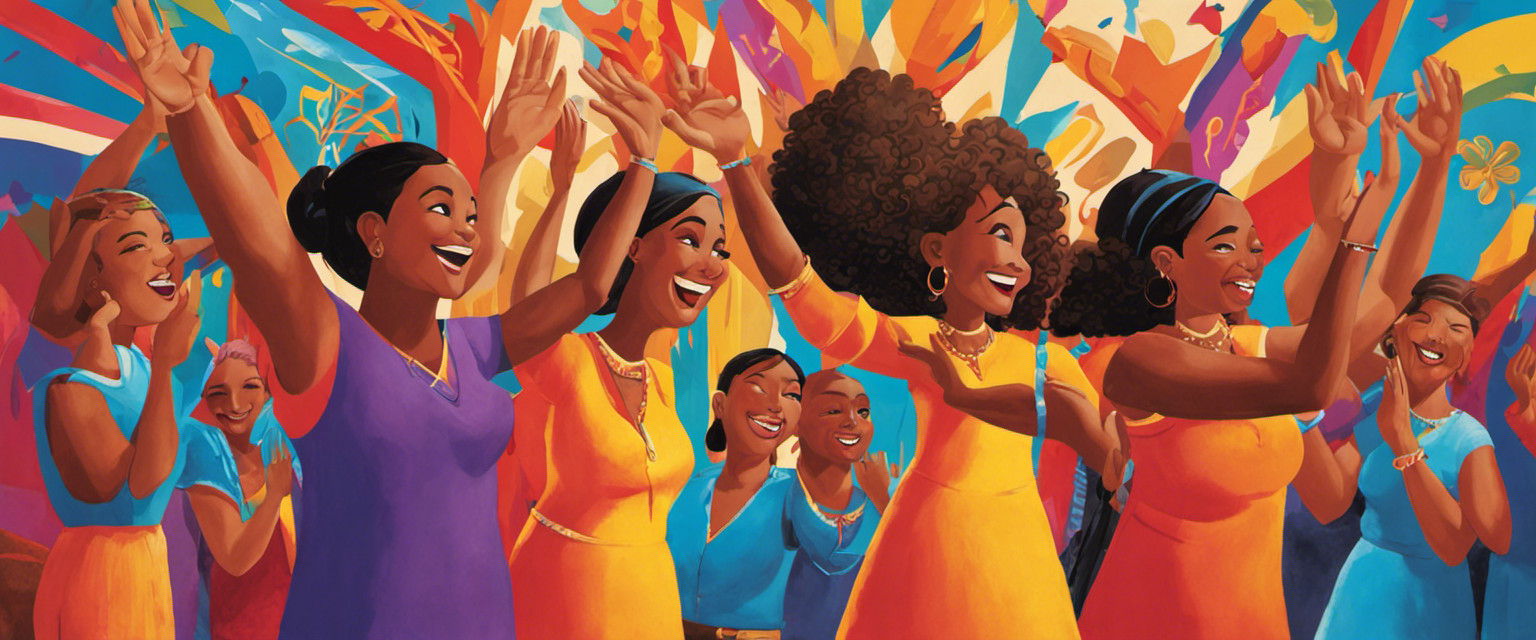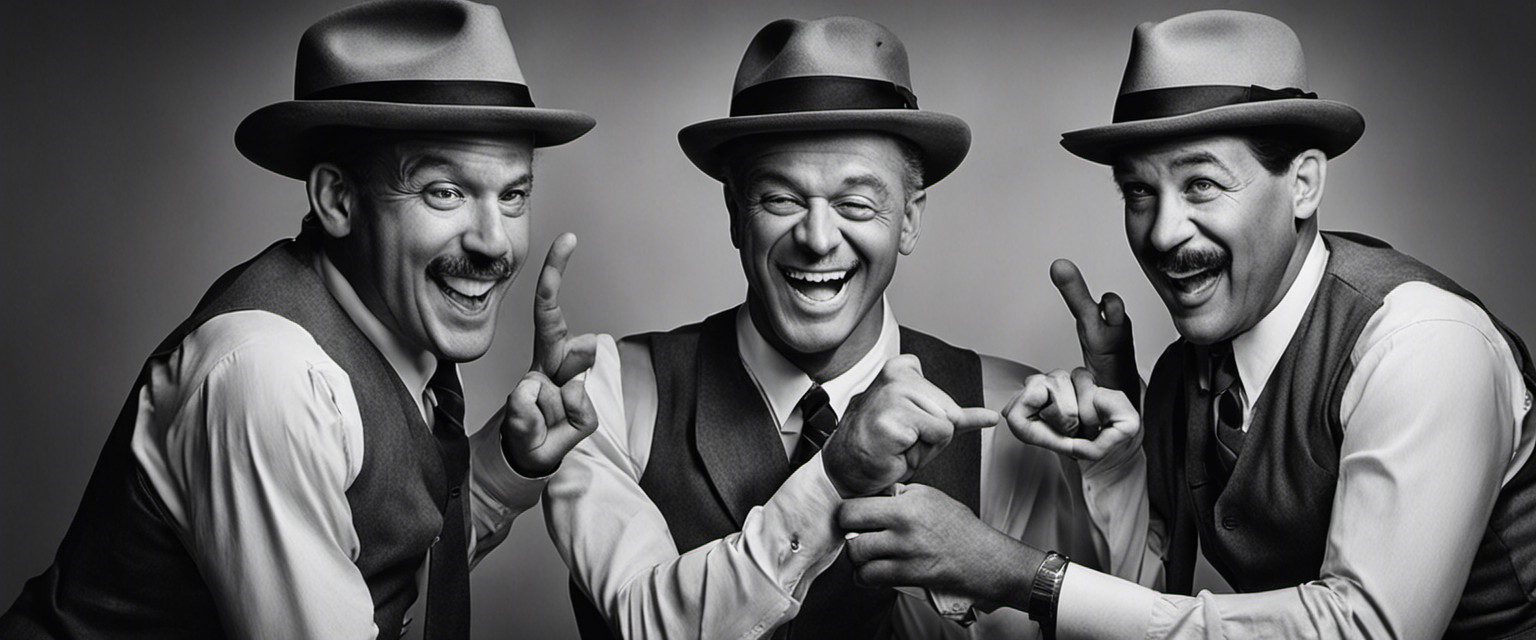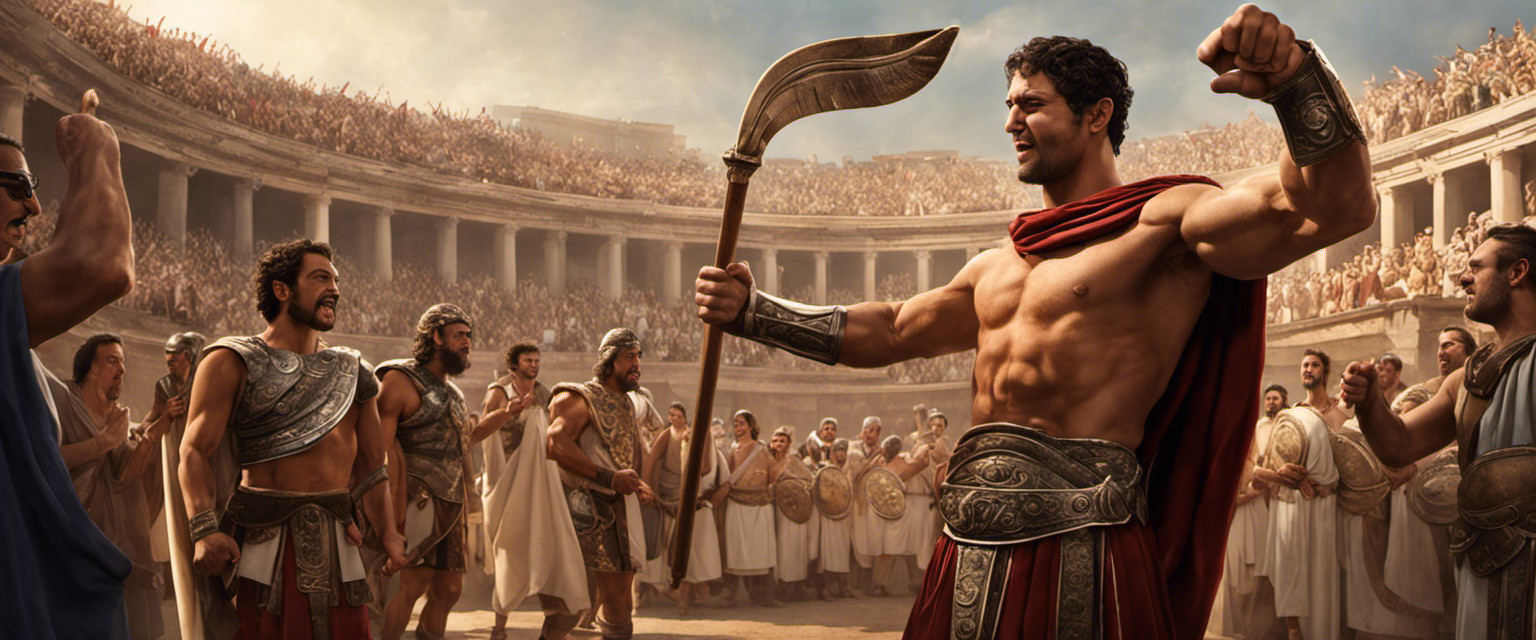Have you ever wondered about the cultural origins of the high five? This article explores the history and significance of this gesture in sports. By examining its cultural context, we can gain insight into its evolution and widespread adoption.
Additionally, practical tips for giving a proper high five will be provided. By delving into useless knowledge about this seemingly simple act, we can uncover intriguing insights about human communication and social interaction.
History of the High Five in Sports
This discussion will explore the earliest instances of high fives in sports and their potential impact on team dynamics.
The analysis will focus on the historical origins of this gesture, examining its adoption and prevalence in various athletic contexts.
Additionally, the examination will consider how high fives may contribute to team cohesion, motivation, and performance by fostering a sense of camaraderie and celebration among athletes.
Earliest High Fives
The earliest instances of the high five gesture can be traced back to the late 1970s in professional sports, particularly in the context of baseball. It is believed that Dusty Baker and Glenn Burke of the Los Angeles Dodgers popularized this celebratory act during a game on October 2, 1977.
Since then, the high five has evolved and spread across various cultures, with each region adding its own unique variations to this universal form of celebration.
Impact on Team Dynamics?
An examination of the impact on team dynamics of the high five gesture reveals its potential to enhance camaraderie, boost morale, and foster a sense of unity among teammates.
In team settings, high fives have been found to have several psychological benefits. They contribute to building trust among team members by creating positive emotional experiences and reinforcing shared goals and achievements.
Moreover, high fives play a crucial role in fostering camaraderie by promoting social bonding and a sense of belonging within the team.
Main Explanation: Cultural Significance of the High Five
Originating in the United States during the late 1970s, the high five holds cultural significance as a gesture of celebration and camaraderie. It has become a symbol of achievement and mutual support in various contexts, such as sports, entertainment, and social interactions.
The high five’s cultural symbolism varies across different cultures, with some countries adopting their own versions or similar gestures. Understanding these cross-cultural variations is important for individuals seeking to engage in meaningful communication and connection through this universal gesture.
In the subsequent section, we will explore tips for giving a proper high five{list}.
Tips for Giving a Proper High Five
To ensure a successful execution of the gesture, individuals should pay attention to factors such as hand positioning, timing, and intensity.
- Hand Positioning: Aim for palm-to-palm contact with fingers spread slightly apart.
- Timing: High fives are typically exchanged after a shared accomplishment or success.
- Intensity: Avoid excessive force that may cause discomfort or injury.
Mastering high five etiquette is essential, but there are also alternatives to consider for those who prefer different forms of celebration.
Now let’s explore some final thoughts on high fives and their cultural significance.
Final Thoughts
In conclusion, it is important to consider alternative forms of celebration in order to accommodate individual preferences and cultural differences.
Understanding the psychological effects of physical touch and the evolution of celebratory gestures in sports can help inform these alternatives. Research suggests that physical touch, such as high fives, can have positive emotional and physiological effects on individuals.
Additionally, studying the history and cultural significance of celebratory gestures in sports can provide insights into how different cultures express joy and achievement.
Frequently Asked Questions
How Does the High Five Relate to Other Forms of Physical Gestures or Celebrations in Sports?
The high five can be compared to other physical gestures in non-sporting contexts, such as handshakes or fist bumps. It plays a role in team dynamics and camaraderie, fostering a sense of unity and celebration among teammates.
What Are Some Examples of Famous High Five Moments in Sports History?
Famous high five moments in sports history include Michael Jordan and Scottie Pippen’s iconic celebration during the 1992 NBA Finals, and Brandi Chastain’s enthusiastic high five after scoring the winning penalty kick in the 1999 Women’s World Cup. These examples demonstrate cultural variations in high fives.
Are There Any Cultural Differences or Variations in the Way High Fives Are Given Around the World?
Cultural variations in high fives can be explored to understand the different ways they are given across cultures. Additionally, examining how high fives are used outside of the sports world in different cultures provides insight into their broader cultural significance.
Can You Provide Any Tips for Avoiding Awkward or Missed High Fives?
In order to improve high five accuracy and avoid awkward situations, individuals should focus on several key factors. These include maintaining eye contact, properly timing the gesture, and ensuring proper hand positioning for a successful connection.
Is There Any Scientific Evidence to Suggest That Giving or Receiving High Fives Has Any Physical or Psychological Benefits?
There is limited scientific evidence to suggest that giving or receiving high fives has physical benefits. However, research indicates that the act can foster social connection, promote positive emotions, and enhance team cohesion, thus providing psychological benefits.






